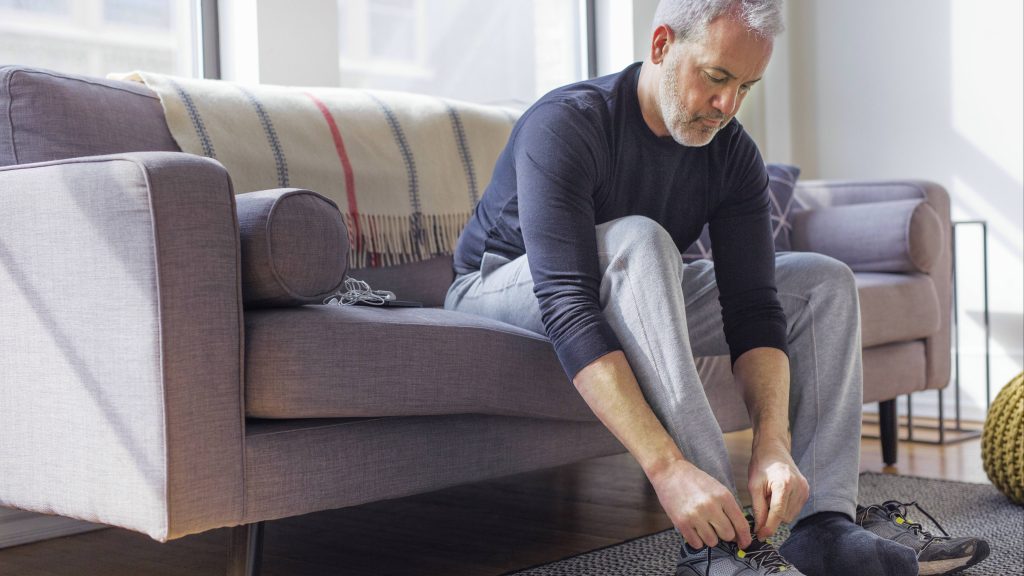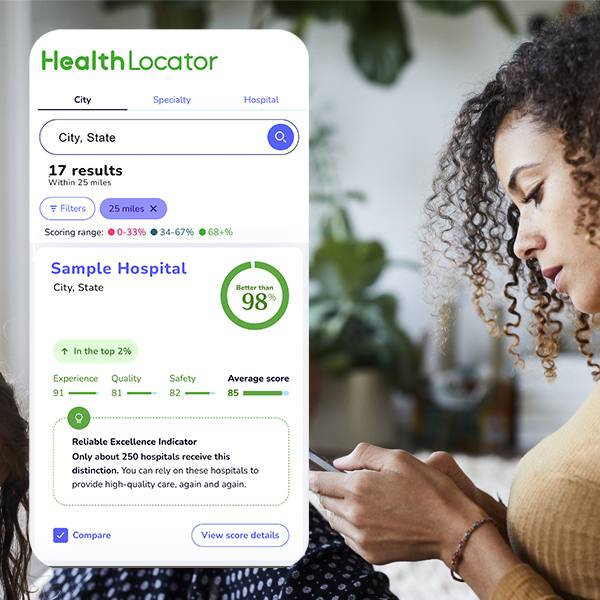-
Mayo Clinic Minute: Tips to avoid ‘weekend warrior athlete’ sports injuries

It's inspiring to watch the best athletes in the world compete for the gold. Unlike Olympians, most people aren't battling for the title of best in the world.
If you are a physically active person who works during the week and packs an intense workout on the weekends, you might be a "weekend warrior athlete."
Dr. Kristina DeMatas, a Mayo Clinic sports medicine specialist and an avid athlete, offers some tips on avoiding common sports injuries.
Journalists: Broadcast-quality video pkg (1:05) is in the downloads at the end of the post. Please courtesy: "Mayo Clinic News Network." Read the script.
"A weekend warrior athlete to me is someone who is active and competitive on the weekends ― maybe working throughout the week but engaging in real strenuous activity during the weekend," says Dr. DeMatas.
Running longer, extra tennis matches or added rounds of golf can be strenuous on the body, especially if your body is not ready for it.
"That's where we see the ankle sprains, the knee sprains. That's where we see back injuries. That's also where we see the most hamstring strains and tears, when you're not warm and ready for that activity," says Dr. DeMatas.
Dr. DeMatas recommends these tips to prevent injury: Warm up, do dynamic stretching and stay hydrated.
"After activity, cooling down and stretching also will prevent injury," says Dr. DeMatas.
And if you get injured, make sure you get an accurate diagnosis so you can start the right treatment.
"In the case of an injury, it's important to have a team around you that can rehab you back to your best potential," says Dr. DeMatas.
Don't let fear hold you back. Any opportunity to move your body is good physically and emotionally.
"People who are engaged in regular exercise tend to be happier," Dr. DeMatas says.
For the safety of its patients, staff, and visitors, Mayo Clinic has strict masking policies in place. Anyone shown without a mask was recorded prior to COVID-19 or recorded in an area not designated for patient care, where social distancing and other safety protocols were followed.
Related Articles







